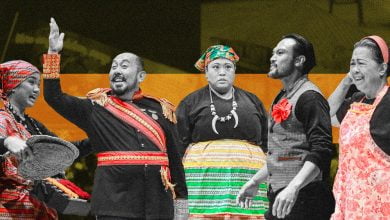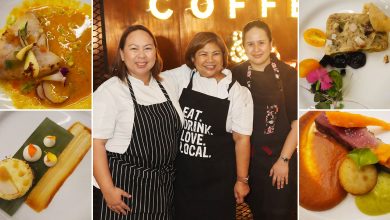A media gathering was recently organized by PhD Media Network, a division of Omnicom Media Group, one of the largest global communications groups. A Cup of Tea, a look on consumer consciousness on the concept of health and wellness, was a welcome respite in the middle of a sweltering summer afternoon.
Committed to help bridge communications between advertising message and consumers, PhD Media Network devoted time and effort with meticulous methodology to conduct and consolidate research on Filipino consumer habits, mindsets and lifestyles. And the data proved not only rich, but also thought-provoking.
That the health industry is booming is old news. The attitude of Filipinos towards the phenomenon is worthy of consideration. A survey of 18 to 60 year-olds from all parts of the country shows the importance of living healthy lifestyles is not lost on the population. The Filipino contributes to the multi-billion dollar lifestyle-health-diet industry—hence the proliferation of physical health clubs, gyms, spas, salons, dance studios, yoga gurus, special diets and the metrosexual in our midst.
To the Filipino consumer, there is a unifying understanding of wellness as a serious matter and considerable thought and resource is spent on it. To the average Juan Dela Cruz and his family members, wellness is the physical, emotional, social and environmental balance through which the goals of a lifetime can be achieved.
To the media practitioner, a respectful understanding and considerate attitude towards the consumer’s viewpoint is requisite. The Filipino consumer places its trust on media in providing transparent information.
The massive research is scheduled for release in stages, and on top of it is Malou Querijero of PhD Media Network. Though mindful not to divulge juicy data from the second phase, Querijero nevertheless basks in her enthusiasm of the research, particularly the section on Filipino eating habits.
——————— BOX article ———————-
adobo : Culturally, Filipinos love eating. Is it safe to conclude that we’ve become western i.e. no rice, eating international food, western-style diets?
MQ : No, it has not spanned across all regions. The least consumption of rice comes from Metro Manila where the influence of western style is more (strong).
adobo : Striking data from your research shows people in MM eat less rice for lunch because of the of the ease and accessibility of alternative food — pizza, pasta, burgers, even pancit. Yet, for snacks, the same people eat rice, for the same reason — its presence as an option in the middle of the afternoon.
MQ : Correct. That may also be attributed to the demands of urban lifestyle. Working in MM demands greater energy. City work demands more strenuous labor, and laborers eat rice.
adobo : Is there a direct link with the lifestyle of MM to its eating habits, i.e. not as many snacks, lack of time, always on the go, stuck in traffic?
MQ : The largest number of dinner-skippers comes from MM where it is trendy not to eat after 6PM. The daily routine after work is getting stuck in traffic during dinnertime, eating no dinner when one gets home because one is just too tired and just wants to sleep.
adobo : What of the palengke (public wet market) as a food supply source to show the disparity of MM with the province?
MQ : Findings show that in Cebu, nobody eats bread for breakfast! It’s fish, noodles, rice and eggs!
adobo : That’s where lifestyle contrast comes in. In MM, bread is instant! Easy to prepare, easy to package. In Cebu, there is enough time to prepare and food. Or simply gather it from the backyard.
MQ : There’s a second part – regionalism. The discussion will be the differences of eating habits per region.







